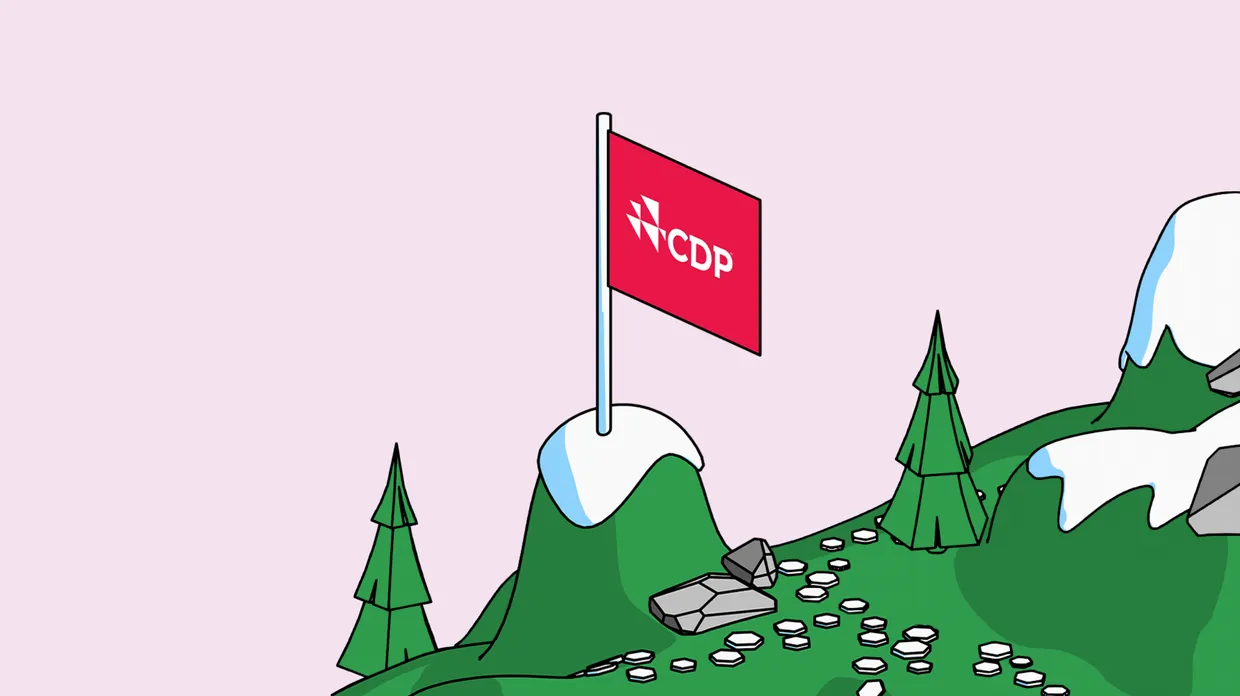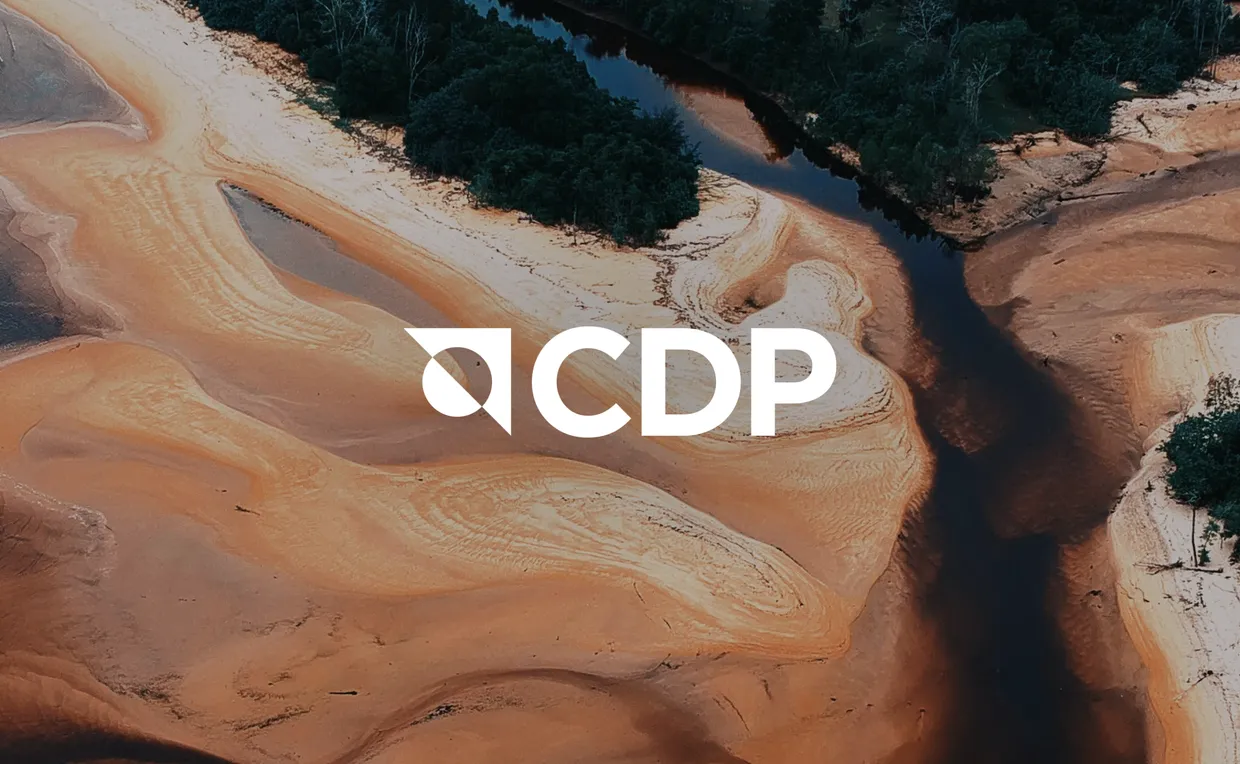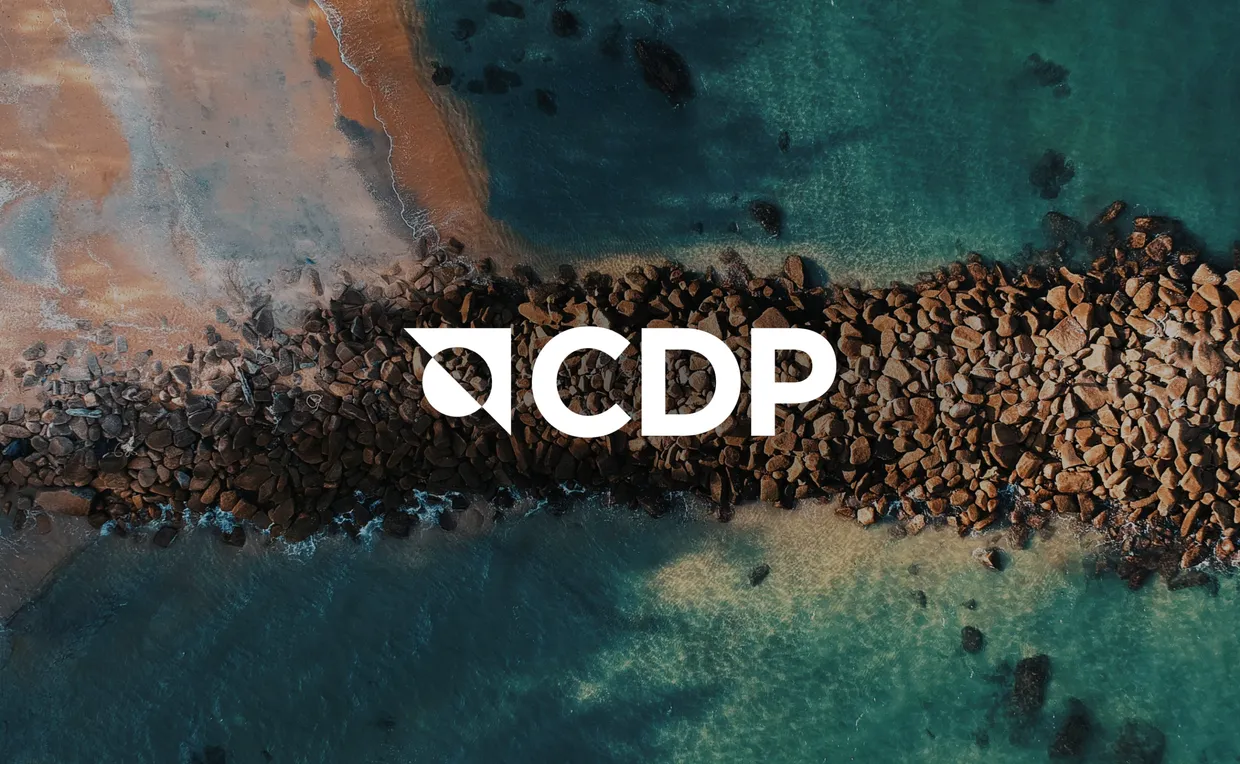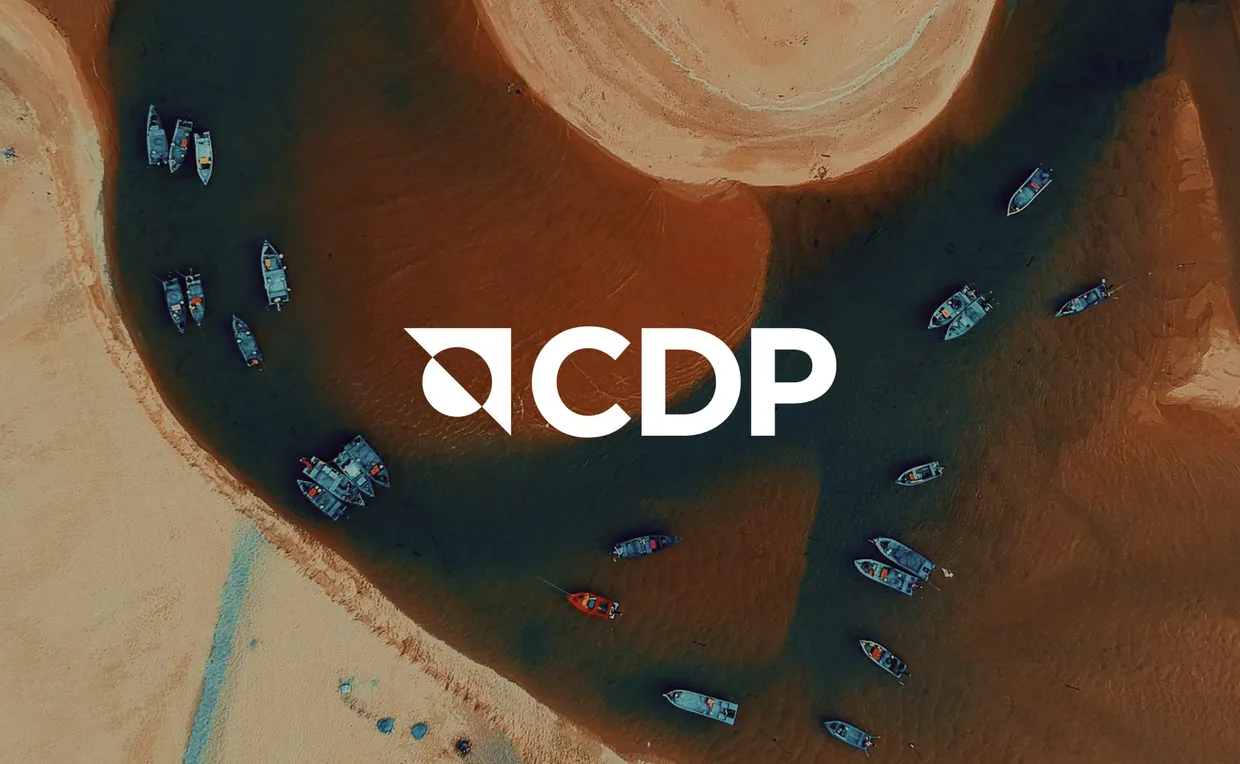We explain what the Carbon Disclosure Project is and how your company can use it to report on its emissions reduction activities.
An important element of every company’s climate journey is effectively reporting on the impact of its climate action to investors, stakeholders, and suppliers. One way of doing this is through the Carbon Disclosure Project (CDP), a not for profit organization which runs the world’s most widely used global disclosure system. It currently operates in more than 90 countries.
What’s the goal of the Carbon Disclosure Project?
CDP works not only with businesses, but also with cities and governments to measure and manage the risks and opportunities related to climate change, including the loss of biodiversity and water shortages. Its work is based around the core values of transparency, accountability and progress. CDP is perceived worldwide as the gold standard in environmental reporting.
What’s the link between CDP and the TCFD?
CDP is in line with the taskforce on Climate-Related Financial Disclosures (TCFD) framework, which provides recommendations for disclosing information on companies’ climate governance, strategy, risk management, and metrics across the entire supply chain. The goal is to help every business better understand and manage the financial risks associated with climate change, and to provide investors with more data to make informed investment decisions. CDP translates the TCFD recommendations and pillars into disclosure questions.
How can companies report via the CDP?
Reporting via the CDP is a four-step process:
1. Register
The first step is to register with CDP. You can sign up for CDP’s climate change and/or water security program.
2. Report
Once registered, you’ll be prompted to complete a disclosure questionnaire. For businesses, CDP offers three types of questionnaires.
These are related to:
-
Climate Change
-
Forests
-
Water security
Each questionnaire includes a series of top level questions, as well as sector specific ones, which are particularly relevant to high impact sectors, such as manufacturing or oil and gas.
4. Verify
CDP may require you to have your data externally verified, which can be done by an accredited verifier or by CDP’s own verification team.
5. Receive a grade
CDP will then score the responses and publish the results on their website. You’ll also receive a scorecard that provides detailed feedback on your performance. Companies are given a grade ranging from A to F. Those which are able to display ongoing improvement in reducing their emissions and have low-impact operations receive higher marks – although the exact details of the grading system are updated annually.
At the end of every year, the CDP publishes its A List of companies, which have received the highest grading.
What are the reporting timescales?
CDP reporting is conducted annually, with the portal opening in April and submissions due at the start of July.
What data do you need to disclose?
The CDP is a voluntary, self-reporting platform, so it’s up to you to provide transparent data. Here’s a top level overview of what’s needed for each questionnaire, but more detailed guidance can be found on the official website.
Climate change questionnaire – this focuses on the measurement of your GHG emissions and your company’s energy consumption. It also asks you to disclose your internal carbon pricing if you have this in place.
Water security questionnaire – this asks about your company’s water use and the methods that you’ve put in place for managing your water dependence.
Forests questionnaire – this relates to your company’s reliance on raw materials which contribute to deforestation in biodiverse areas.
Do you have to pay for CDP reporting?
There’s a fee associated with participating in the CDP disclosure program, which varies depending on your company’s size and the level of reporting that you select.
But, you can qualify for fee waivers based on certain criteria, such as being a small or medium-sized enterprise (SME), or being based in a low or lower-middle-income country. Some governments and organizations may cover the cost of CDP participation for companies headquartered in their region.
How can CDP scores be used?
There are many benefits to conducting your climate reporting via the Carbon Disclosure Project:
-
Benchmarking: CDP provides a standardized reporting framework that allows you to compare your performance to your competitors and identify areas for improvement.
-
Investor Interest: CDP is widely recognized by investors and other stakeholders as a reliable source of information on a company’s environmental performance.
-
Risk Management: By reporting on climate risks and opportunities, you can better understand and manage your exposure to these risks.
-
Reputation: CDP reporting can help your company to boost its reputation as a responsible corporate citizen.
-
Cost savings: CDP reporting process helps companies to identify and track their emissions, which can lead to cost savings through improved energy efficiency and reduced emissions.
-
Access to CDP’s network: By reporting through the CDP, you gain access to a network of investors, corporations, cities, states and regions, and can engage in opportunities for collaboration and partnerships.
What resources are available to support you with CDP reporting?
-
CDP’s website: CDP’s website provides detailed information on the reporting process, including the questionnaire, scoring methodology, and guidance on data verification.
-
CDP’s support team: Companies can contact CDP’s support team for assistance with registration, reporting, and data verification.
-
CDP’s training and events: CDP offers training and events, such as webinars and workshops, to help companies understand the disclosure process and improve their reporting.
-
CDP’s guidance documents: CDP provides a range of guidance documents that provide detailed information on specific aspects of the disclosure process, such as data quality and data verification.
-
Sector-specific guidance: CDP also provides sector-specific guidance for various industries, such as automotive, banking, and real estate, to help companies understand the specific requirements and best practices for their industry.



